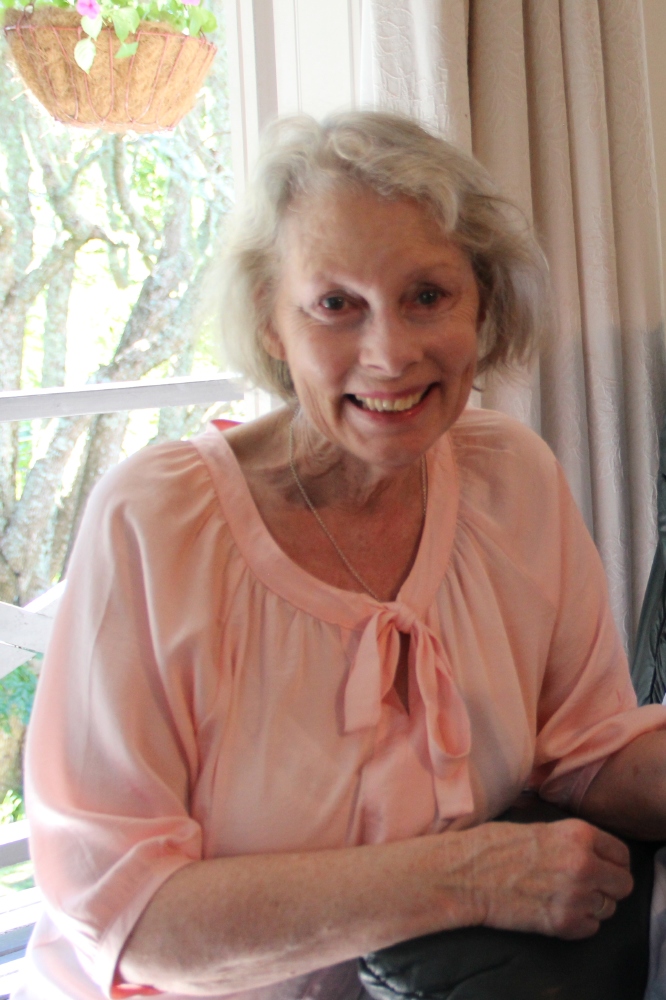I have always been interested in World War II as a child growing up in post-war New Zealand, where the war was still fresh and clear in people’s minds. As well as my father both my grandfathers had fought in the conflict. But there was only my paternal grandfather I could talk to about this terrible waste of life. My father closed up each time I tried to talk to him about the war so I made do with watching the spate of World War II films which were prevalent in the 1950s.

Gabrielle McDonald-Rothwell
Around my early teenage years I started to read the numerous war biographies which were emerging at a fast rate. And then there were the films like ‘Carve Her Name With Pride’ and ‘Odette’, films about women secret agents during the war which played to packed cinemas. The images of these strong women who fought valiantly for their countries had a long-lasting (no doubt romantic) effect on me which lasted all my life.
In my forties I decided to write about the Special Operations Executive and its agents and after some success in this field, one of its former agents mentioned had I heard of a woman named Diana Rowden. I had heard of her but only in a passing way. She had worked as a courier and agent for SOE in the Jura area of France in 1943, a particularly dangerous time in France as the Germans knew that British agents were working in the area and D Day was in the offing.
Diana did wonderful work in the Jura, bravely carrying messages all over France and taking part in the demolition of the Peugeot factory at Sochaux but, through no fault of her own she and her radio operator, John Young were eventually betrayed.
Imprisoned in Fresnes and Karlsruhe prisons then executed on the only concentration camp on French soil, Natzweiler, a camp for male prisoners, with three other SOE women agents, Vera Leigh, Andree Borrell, and Sonia Olschenezky. These young women were given lethal injections of Phenol, a household detergent, then without the executioners checking to see if they were still alive were thrown into the crematorium. At the post-war War Crimes Trial it was established that at least one of the girls was alive when thrown into the crematorium.
There was little mention of Diana in various books and I wondered why was there so little written about her? Many people in her home country of England had never heard of her.
In 2005 I visited Natzweiler; incongruously the camp was in a place of stunning scenery of mountains and beautiful pine forests with views of alpine villages far below. There was no wildlife, no birds, just an eerie and deathly silence. A huge monument to the fallen stood near the entrance while steps led down to the buildings used to house the prisoners far below and the crematorium. A lone shoe, old and shabby as if somebody had carelessly thrown it to one side, lay at the entrance to the oven. The oven was so small I wondered how a human body was able to fit in to its narrow cavity. I walked outside into the fresh air and read the inscription dedicated to the four SOE agents and I was aware of a peculiar dragging sensation which stayed with me until I returned to the Hostellerie.
Later in the little local church with its smell of history down the ages, I tried to come to grips with what I had seen that day and I resolved that once I had returned to New Zealand I would write Diana’s biography so the world would know what happened to a young Englishwoman of the finest character who died in barbaric circumstances in a concentration camp high in the Vosges mountains in 1944.


